When you think about Nordic nature at its most dramatic and untouched, two destinations immediately come to mind. Both Iceland and the Faroe Islands offer landscapes that seem almost otherworldly, with their own distinct personalities and natural wonders that can leave even seasoned travelers speechless.
These two Nordic gems sit relatively close to each other in the North Atlantic, yet they couldn’t be more different in their approach to showcasing nature’s raw power. One offers vast, sweeping landscapes punctuated by geothermal activity, while the other presents intimate, dramatic scenery wrapped in ever-changing weather patterns.
Here is a list of 20 key comparisons to help you understand what makes each destination unique for experiencing Nordic nature at its finest.
Volcanic Activity
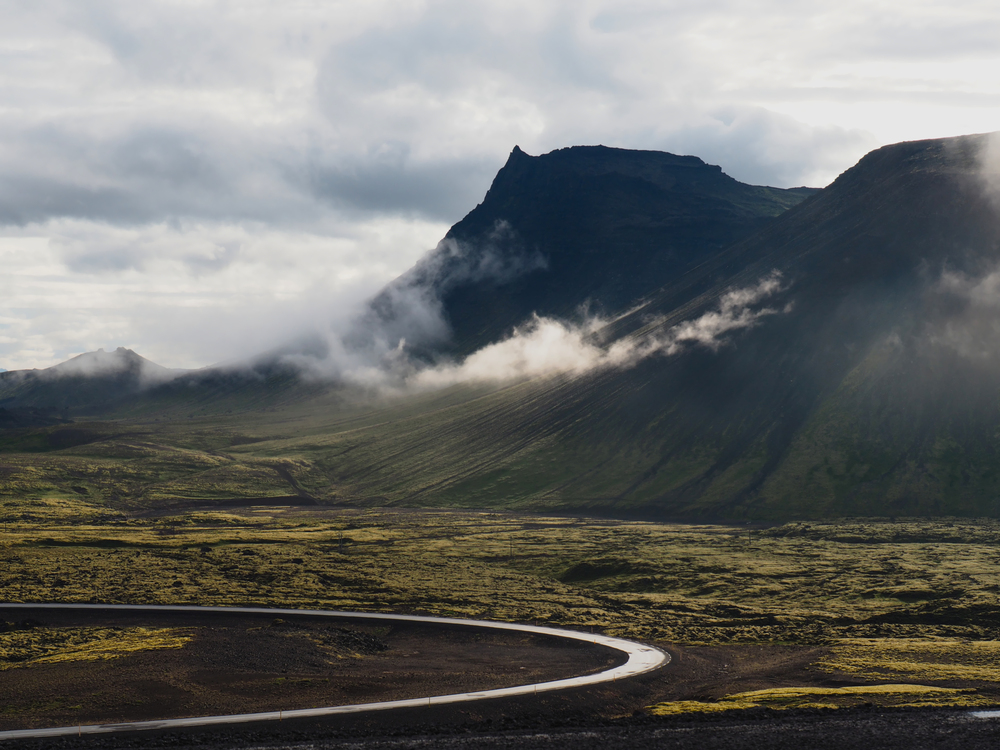
Iceland takes the crown when it comes to active volcanic landscapes. The island sits on the Mid-Atlantic Ridge, making it one of the most geologically active places on Earth. You can literally watch the planet being born as lava flows create new land, and the recent eruptions near Reykjavik have given visitors front-row seats to this incredible process.
The Faroe Islands, while formed by volcanic activity millions of years ago, don’t offer the same active geological drama that Iceland provides.
Geothermal Features
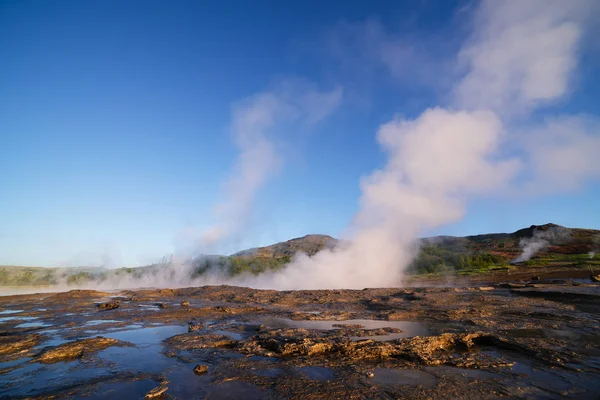
The geothermal activity in Iceland is like having nature’s own spa scattered across the entire country. From the famous Blue Lagoon to countless natural hot springs hidden in remote valleys, the island offers warm respite even in the coldest weather.
The Faroe Islands lack this geothermal advantage entirely, which means no natural hot springs to warm up in after a long day of hiking through their notoriously unpredictable weather.
Like Travel Pug’s content? Follow us on MSN.
Glacier Access
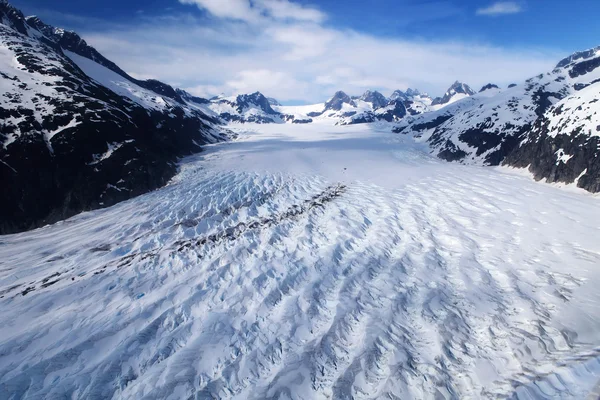
Iceland’s glaciers are more accessible and varied than anywhere else in the Nordic region. Vatnajökull, Europe’s largest glacier by volume, offers ice caves, glacier walks, and stunning blue ice formations that change with each season.
The Faroe Islands simply don’t have glaciers due to their smaller size and different climate patterns, though their dramatic peaks and valleys were certainly carved by ancient ice ages.
Waterfall Diversity
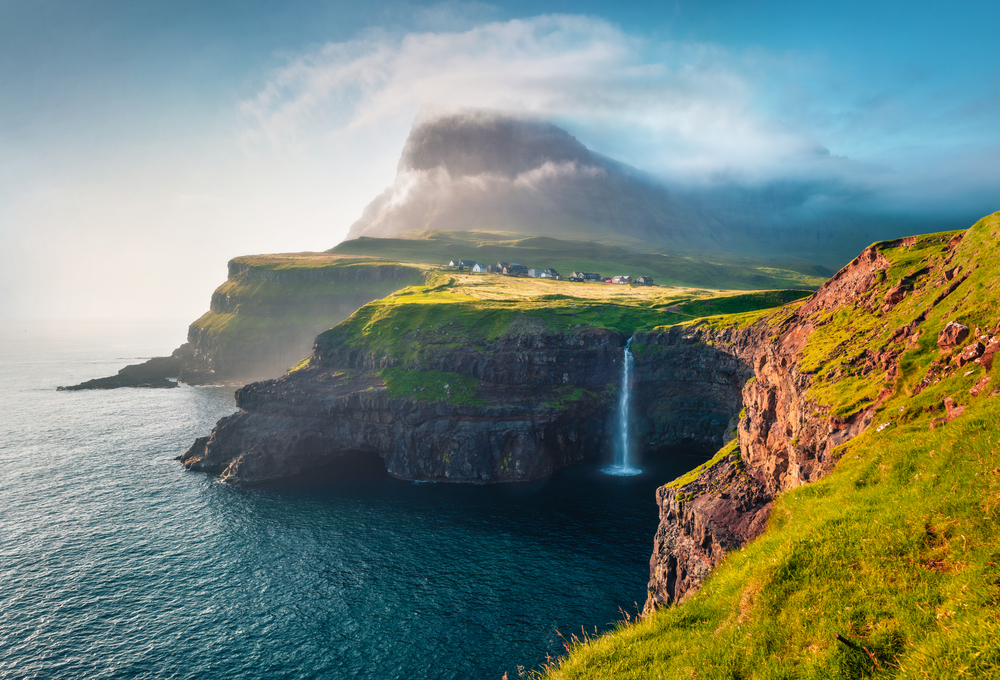
Both destinations excel at waterfalls, but in completely different ways. Iceland’s waterfalls tend to be more powerful and varied, from the thundering Gullfoss to the elegant Seljalandsfoss that you can walk behind.
The Faroe Islands counter with their own spectacular cascades, like Múlafossur, which drops directly into the ocean from clifftops, creating scenes that look like they belong in a fantasy novel.
Coastline Character

The coastlines of these two destinations tell very different stories. Iceland’s coast ranges from black volcanic beaches with diamond-like icebergs to dramatic sea stacks and hidden coves. The Faroe Islands present a more consistent but equally stunning coastal experience, with grass-topped cliffs that drop vertically into turbulent seas, creating some of the most dramatic seascapes you’ll find anywhere in the world.
Like Travel Pug’s content? Follow us on MSN.
Weather Patterns
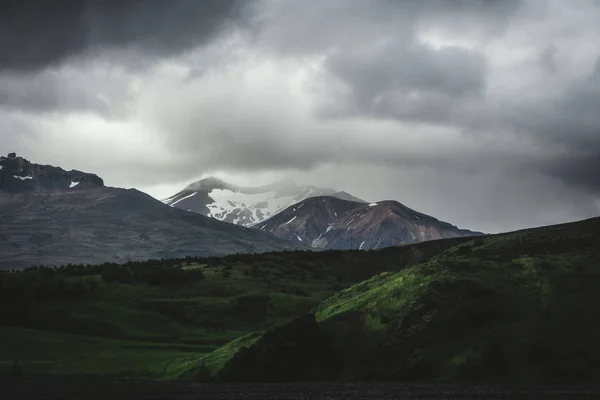
The weather in both places can be unpredictable, but the Faroe Islands take unpredictability to an art form. You might experience all four seasons in a single day, with sunshine, rain, fog, and wind all making appearances within hours.
Iceland’s weather, while still changeable, tends to be more stable for longer periods, making it easier to plan outdoor activities and photography sessions.
Wildlife Encounters
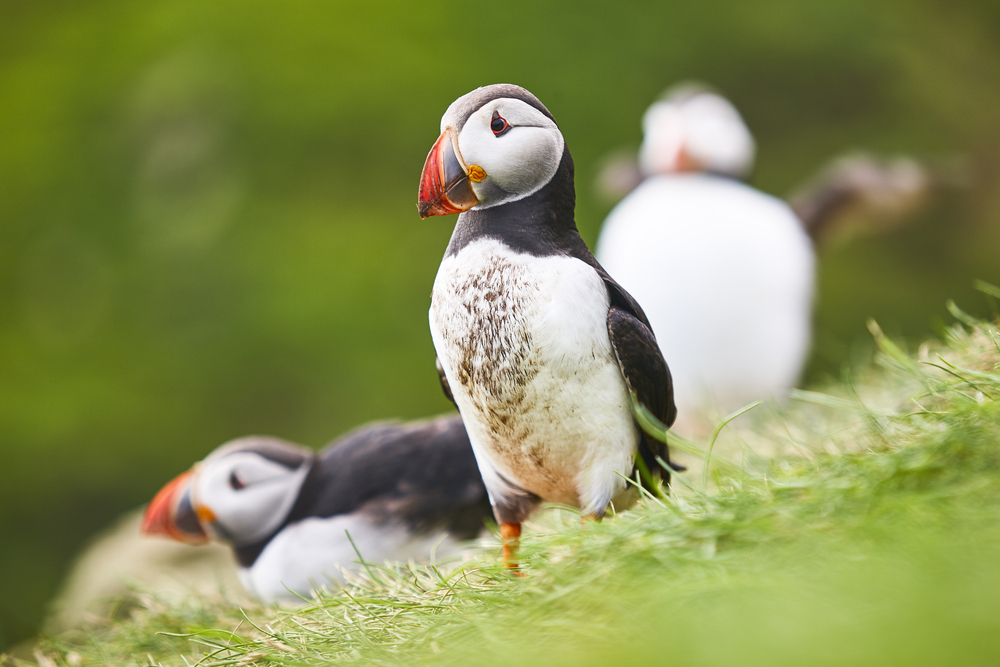
Iceland offers better opportunities for marine wildlife, particularly whales and seals, thanks to its larger coastline and varied marine environments. Húsavík has earned a reputation as one of Europe’s whale-watching capitals.
The Faroe Islands excel in bird life, especially puffins and other seabirds that nest on their dramatic cliffs, though both destinations offer excellent opportunities to observe these charming Arctic birds.
Hiking Terrain

The hiking experiences differ dramatically between these two destinations. Iceland offers everything from easy walks around geothermal areas to challenging multi-day treks across highland deserts and glacial valleys.
The Faroe Islands provide more intimate hiking experiences with shorter distances but often more technical terrain, where you might find yourself scrambling up steep grass slopes or navigating narrow ridgelines with dramatic drop-offs on both sides.
Like Travel Pug’s content? Follow us on MSN.
Northern Lights Visibility

Iceland generally offers better conditions for aurora viewing due to its higher latitude and larger landmass with more dark sky areas. The infrastructure for Northern Lights tours is also more developed, with numerous companies offering specialized experiences.
The Faroe Islands can certainly display the aurora, but the frequent cloud cover and smaller viewing areas make successful sightings less predictable.
Transportation Infrastructure
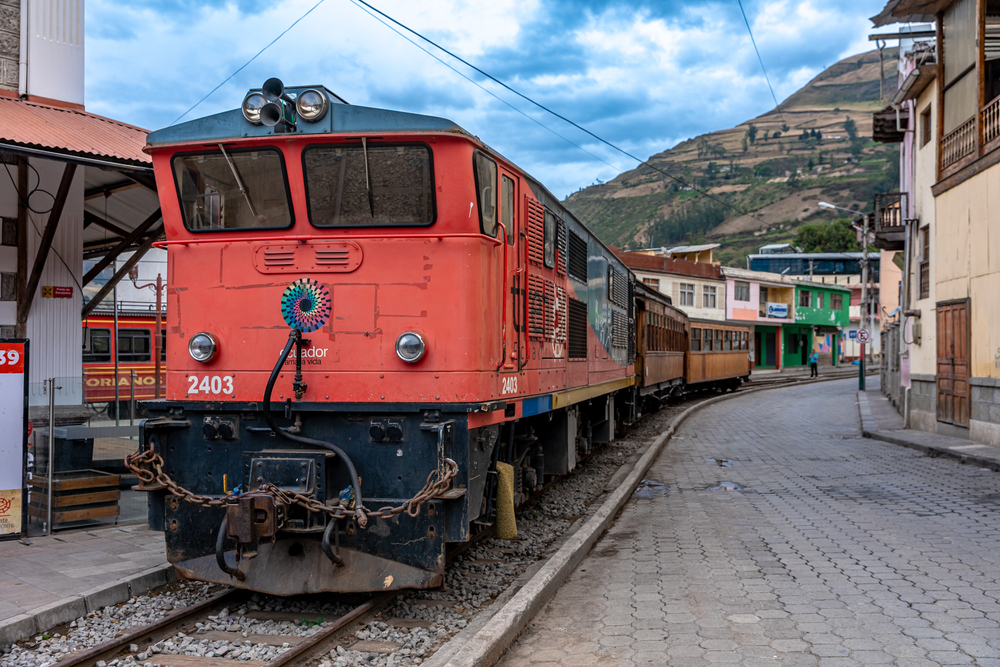
Getting around Iceland is significantly easier thanks to the Ring Road that circles the island and connects most major attractions. Rental cars are readily available, and the roads, while sometimes challenging, are generally well-maintained.
The Faroe Islands require more planning, with ferry connections between islands and fewer road options, though this limitation also means less crowded experiences at natural sites.
Accommodation Options

Iceland offers a much wider range of accommodation types, from luxury hotels in Reykjavik to remote highland huts and everything in between. The tourism infrastructure is well-developed, making it easier to find places to stay that suit different budgets and preferences.
The Faroe Islands have fewer options overall, but what they lack in quantity, they make up for in unique experiences, like staying in traditional grass-roof houses.
Like Travel Pug’s content? Follow us on MSN.
Photography Opportunities
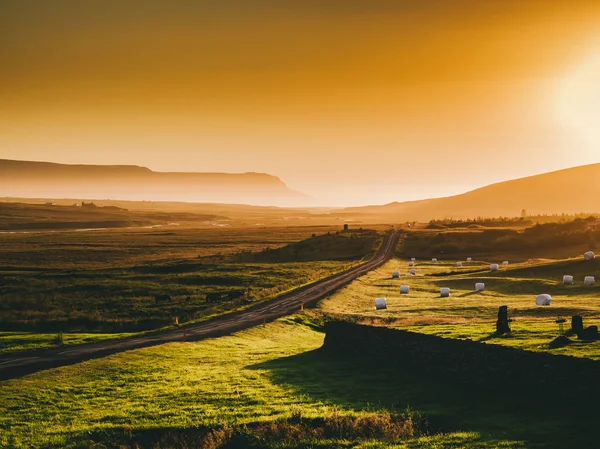
Both destinations are a paradise for photographers, but they cater to different styles. Iceland’s diverse landscapes provide opportunities for everything from intimate macro shots of ice formations to grand landscape vistas that include multiple elements like glaciers, mountains, and waterfalls in single frames.
The Faroe Islands excel at dramatic, moody photography where the interplay of light, clouds, and steep terrain creates constantly changing compositions.
Seasonal Accessibility
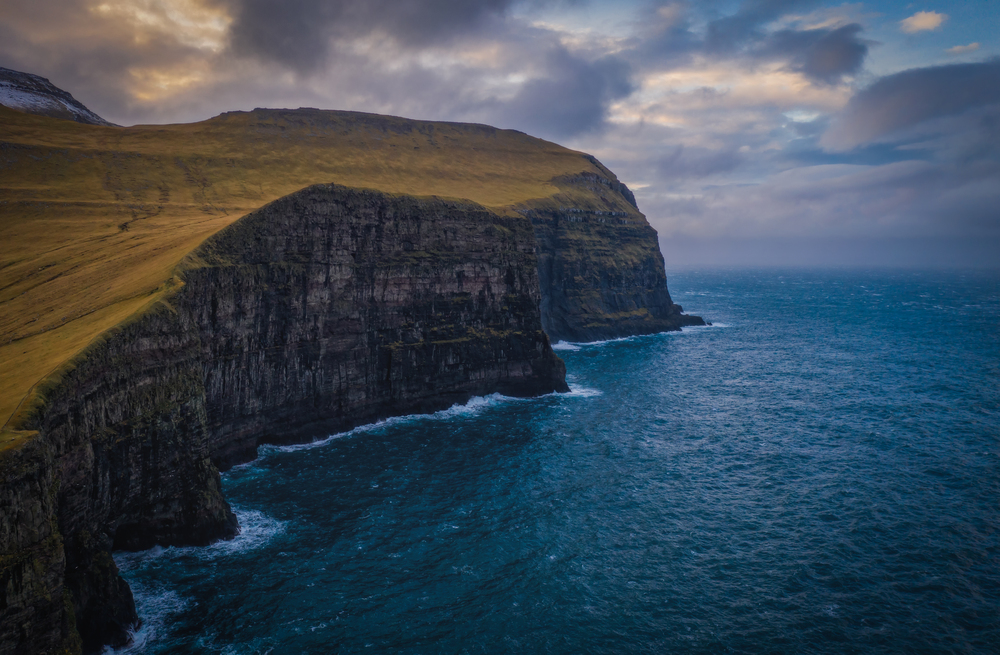
Iceland remains relatively accessible year-round, though winter does limit access to some highland areas. The infrastructure exists to keep most main attractions reachable even in challenging conditions.
The Faroe Islands can be more challenging in winter, with ferry schedules affected by weather and some hiking trails becoming genuinely dangerous due to wind and slippery conditions on exposed ridges.
Cultural Integration
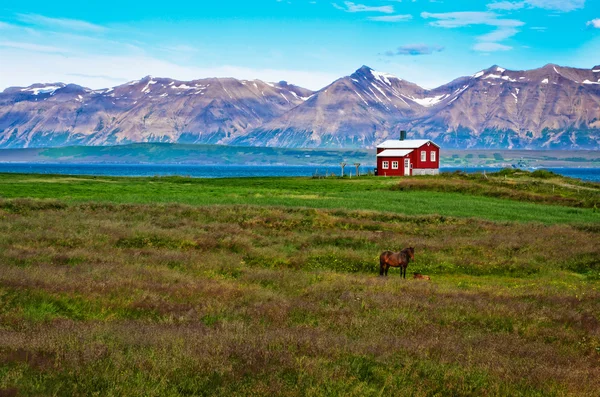
The way nature integrates with local culture differs between these destinations. In Iceland, geothermal energy powers much of daily life, from heating homes to generating electricity, making the connection between people and natural forces very visible.
The Faroe Islands show a different relationship, where traditional practices like grass-roof construction and community-based resource management demonstrate adaptation to challenging natural conditions.
Like Travel Pug’s content? Follow us on MSN.
Unique Geological Features

Iceland’s geological uniqueness extends beyond just volcanoes to include features like the Silfra fissure where you can snorkel between continental plates, and countless lava tubes and caves formed by ancient eruptions.
The Faroe Islands offer their own geological marvels, particularly in their distinctive layered rock formations and sea stacks that create some of the most photogenic landscapes in the Nordic region.
Day Trip Possibilities
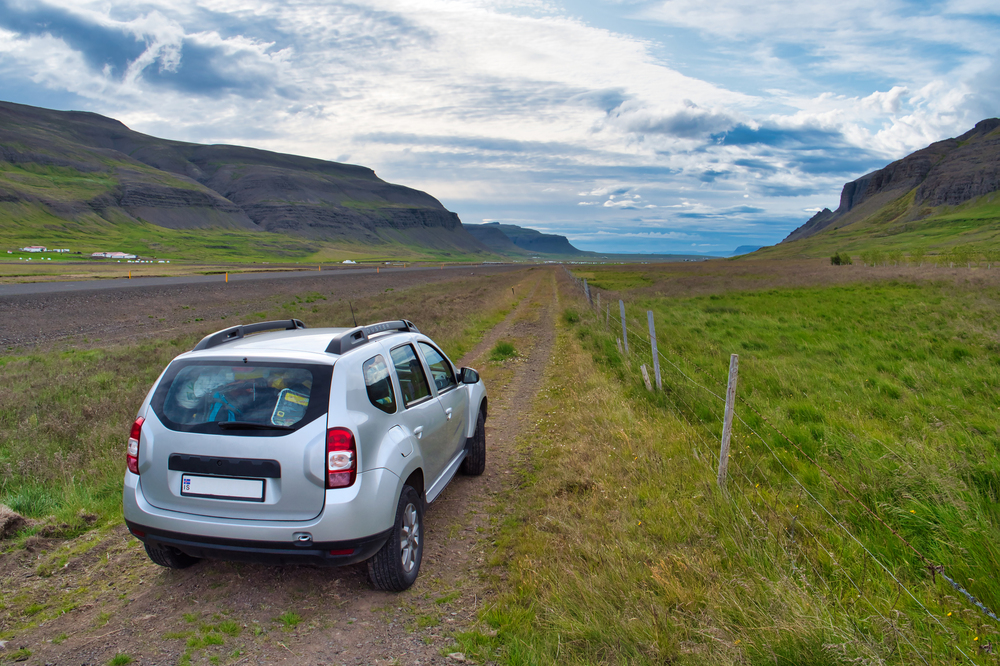
The compact nature of both destinations makes them excellent for day trips, but in different ways. Iceland’s attractions are often spread out, making full-day excursions necessary to see major sites, but the payoff includes diverse experiences within single trips.
The Faroe Islands allow for more focused exploration, where you might spend an entire day exploring just one island or valley system, leading to a deeper appreciation of smaller areas.
Storm Watching

Both destinations offer incredible storm-watching opportunities, but the experience differs significantly. Iceland’s storms can be massive affairs that sweep across vast landscapes, creating dramatic scenes as weather systems interact with glaciers and volcanic terrain.
The Faroe Islands provide more intense, localized storm experiences where you might watch weather systems roll in from the sea and engulf entire islands within minutes.
Like Travel Pug’s content? Follow us on MSN.
Midnight Sun Experience
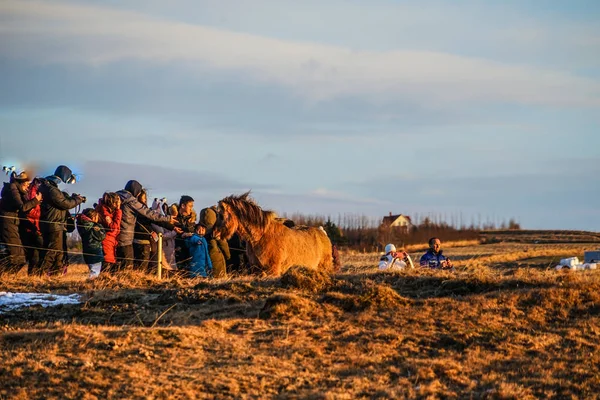
During summer months, both destinations offer extended daylight hours, but Iceland’s higher latitude provides more dramatic midnight sun experiences. The quality of light during these extended days creates incredible opportunities for photography and allows for much longer hiking and exploration days.
The Faroe Islands still enjoy very long summer days, though not quite to the same extreme as Iceland.
Hot Spring Culture
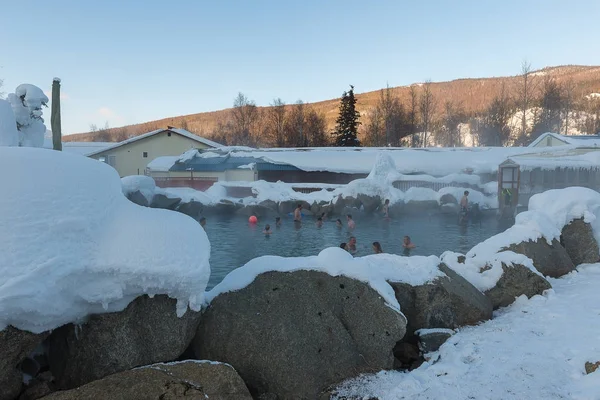
Iceland’s hot spring culture is deeply embedded in daily life, with public pools and natural hot springs serving as social gathering places and relaxation centers. This creates opportunities to combine nature experiences with cultural immersion in ways that simply don’t exist in the Faroe Islands.
The absence of geothermal features in the Faroes means visitors need to find other ways to warm up and relax after outdoor adventures.
Adventure Sport Options
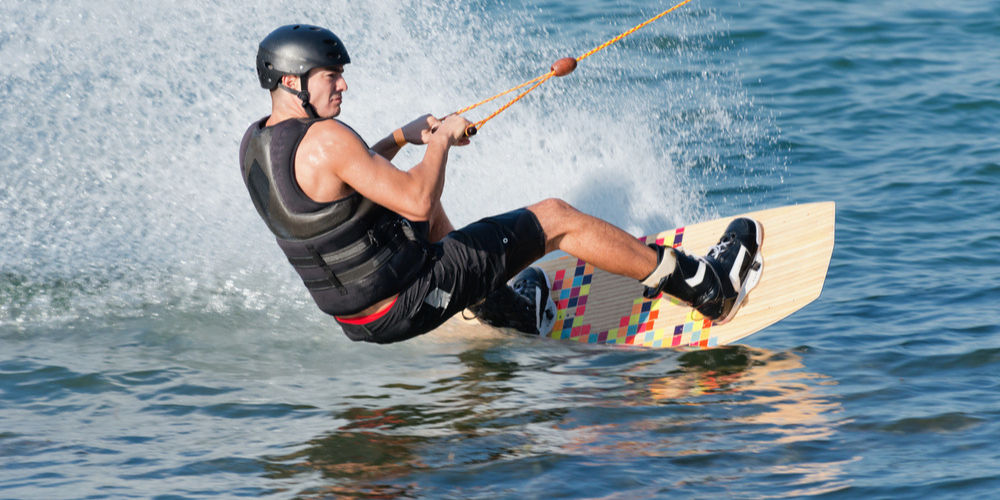
Iceland provides more diverse adventure sport opportunities, from ice climbing on glaciers to whitewater rafting on glacial rivers. The geothermal activity also enables unique experiences like diving in crystal-clear fissures filled with glacial water.
The Faroe Islands focus more on hiking, sea kayaking, and fishing adventures, with the dramatic topography providing excellent but more limited adventure sport options.
Like Travel Pug’s content? Follow us on MSN.
Where Ancient Meets Modern
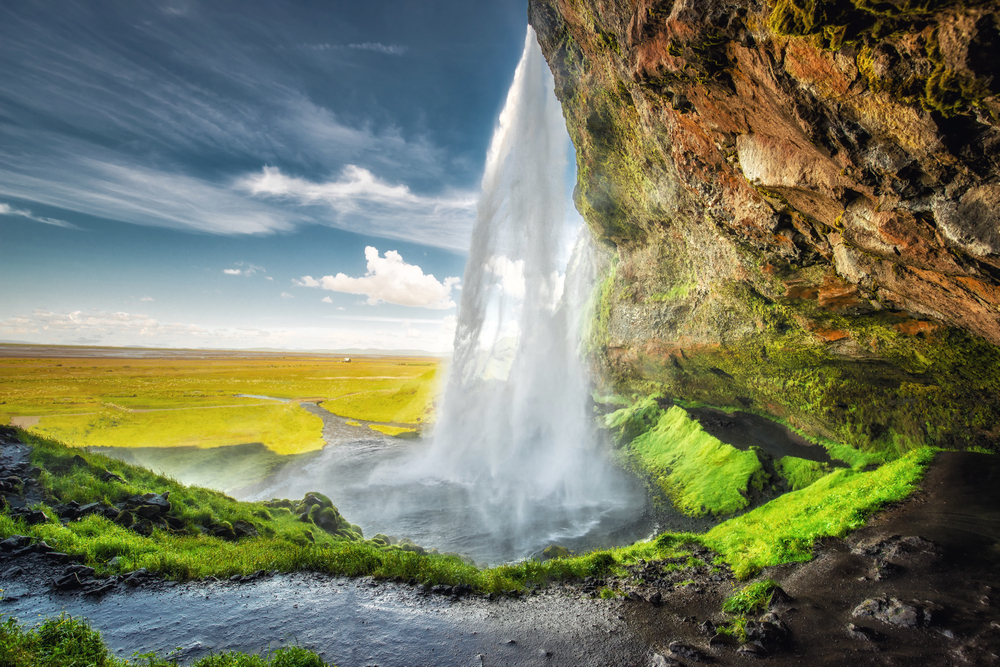
These two Nordic destinations represent different approaches to living with dramatic natural forces, and both continue to evolve as climate change and tourism reshape their landscapes. Iceland’s active geology means the island literally grows and changes each year, while the Faroe Islands maintain their timeless appearance even as modern life gradually transforms the traditional ways of interacting with their challenging environment.
The choice between them often comes down to whether you prefer witnessing the Earth’s creative forces in action or experiencing the profound beauty of landscapes that feel frozen in time.
More from Travel Pug

- 20 Best Beach Towns in the Carolinas
- 13 Destinations Where Tourists Regularly Regret Their Trip
- 20 Things You Actually Get in First Class
- 20 Small Airports With Aviation Museums
- 20 Places in the U.S. That Are Perfect for a Reset Trip
Like Travel Pug’s content? Follow us on MSN.
